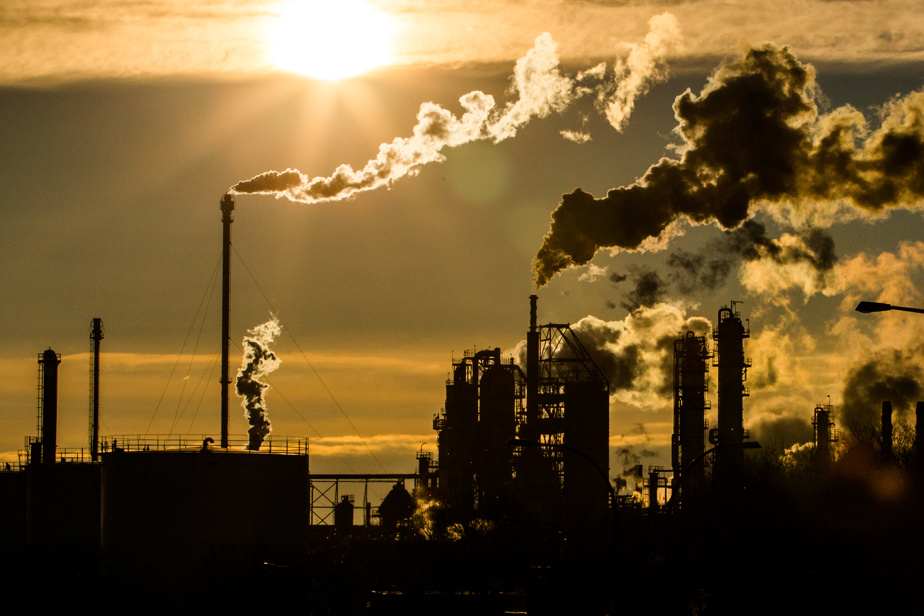Emissions of atmospheric pollutants have decreased considerably over the past 30 years in Quebec, except for dust from unpaved roads and construction sites or caused by the increase in the number of vehicles.
Since 1990, emissions of atmospheric contaminants have decreased significantly in Quebec, according to the most recent inventory released Thursday by the Ministry of the Environment, the Fight against Climate Change, Wildlife and Parks. This new inventory is also more exhaustive and its methodology has been reviewed in order to paint a “more detailed and representative” portrait, says the Ministry.
Good news: total emissions of fine particles (PM2.5) fell by 20% between 1990 and 2020, “mainly due to the closure of industrial establishments and the substitution of the fuels used”, the report notes. Fine particle emissions from transportation even fell by 69.3%, despite the considerable increase in the automobile fleet in Quebec.

Same story for carbon monoxide, mainly from the transport sector, with a 46.5% drop in 30 years. In 2020, aluminum smelters were the largest source of carbon monoxide emissions, accounting for 31.5% of total emissions. These have also increased by 45.6% since 1990.
Sulfur dioxide emissions fell by 72.7%, while volatile organic compounds fell by 58.2% and nitric oxide by 48.6%.
A decline
A downside, respirable particles (+ 16.5%) and the overall balance of particle emissions (+ 29.7%) have increased, despite a drop in fine particle emissions over the past 30 years.
Respirable particles (PM10) are particles whose diameter is less than 10 micrometers. This data includes fine particles (PM2.5), whose diameter is less than 2.5 micrometers. A micrometer is the equivalent of one thousandth of a millimeter. Total particles (PM) are those whose diameter is greater than 10 micrometers. Remember that the finer a particle, the greater its effect on health.
The report specifies in particular that “just like the PM2.5PM and PM10 emanate from various sources such as road dust, car and truck exhausts, construction activities and industrial activities”. However, the Québec balance sheet does not take into account particulate emissions from forest fires.
Half of total particulate emissions come from dust from unpaved roads. The increase in these emissions is most likely explained by the increase in activity around industrial sites such as mines, where the roads are generally not paved, explains Vicky Leblond, director of inventories and management of halocarbons at the Ministry.
The increase in the number of vehicles and the increase in construction sites are also responsible for the increase in particulate emissions in the province.
